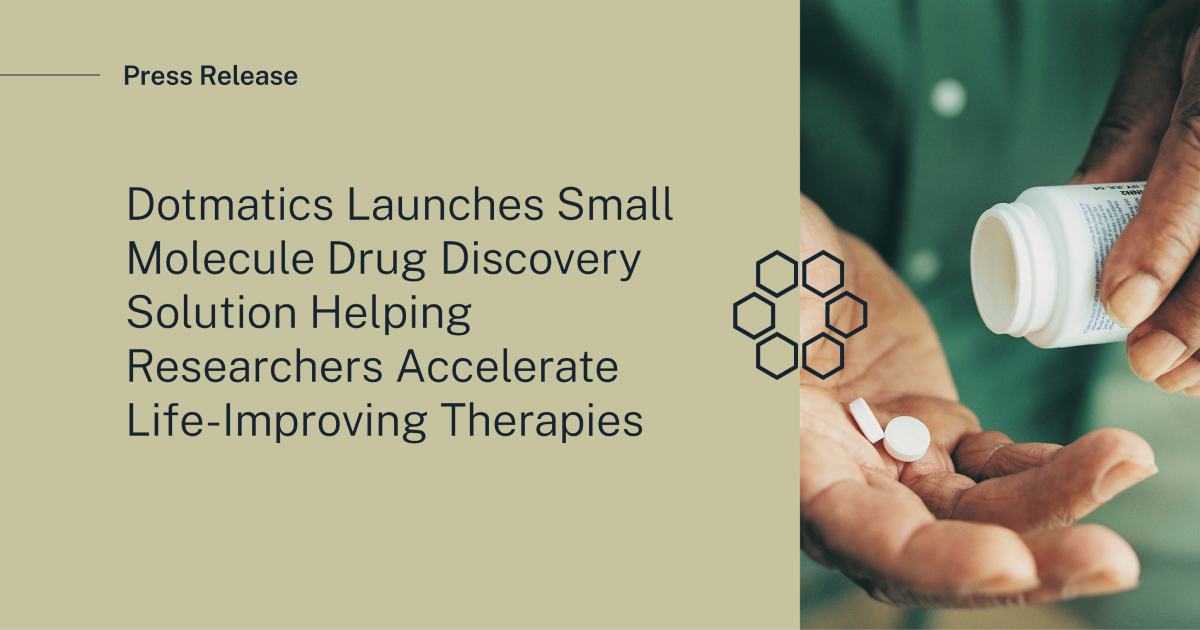Data is Everything
Jarrod Medeiros is a self-proclaimed “data nerd.”
After working in labs at numerous leading pharmas, including Novartis, Millennium, and EMD Serono, Medeiros’ passion for data was unshakable. So, the scientist-turned-informatics-expert left the lab and went to work for a few different lab- and data-technology providers. After nearly a decade on the vendor side, he moved back to biotech, where he is currently growing an informatics ecosystem at Casma Therapeutics.
Casma is a Cambridge, Massachusetts-based U.S. biotech that develops small molecule drugs using novel cellular-degradation approaches based on the autophagy pathway. While researchers at Casma are focused on opening new targets in areas such as oncology, inflammation, neurodegeneration, and metabolic disorders, Medeiros is focused on delivering the informatics and IT solutions those researchers need to make the most of their time, expertise, and (of course) data. Medeiros joined the company shortly after its inception in 2018 and immediately started laying an IT and informatics foundation that would support growth as Casma expanded its team and programs down the line.
As discussed below, Medeiros had a clear vision for creating a FAIR informatics ecosystem and Dotmatics’ flexible and scalable R&D platform quickly revealed itself as the ideal solution for realizing that vision.
Casma’s FAIR Informatics Vision
Having been spun out of healthcare venture Third Rock, Casma had a bit of a head start compared to many start-ups in that it wasn’t working with paper lab notebooks or locally-stored Excel files. It had a central database for assay and compound data. It had a registration system in place. It was using various statistical and data analytics software programs.
“It was a great starting point,” Medeiros said, quickly qualifying, “but we had to ask ourselves what we wanted our overall data systems to look like in the future. How could we ensure we created an ecosystem of FAIR data?”
A FAIR ecosystem ensures data are findable, accessible, interoperable, and reusable. This not only helps researchers work more efficiently, but it also positions them to put data to use and more easily make connections and uncover insights that lead to breakthrough discoveries.
While the various R&D systems and processes already in place had served Casma well, Medeiros knew that cobbled together pieces that kept data isolated wouldn’t suffice as the company rapidly grew. Casma needed a flexible, scalable, data-centric backbone that could support all the team’s diverse needs. He envisioned an ecosystem and IT foundation that enabled:
Flexible data ingestion - Data needed to be acquired from a variety of sources, such as speciality instruments, ELNs, LIMS, and CROs.
Centralized data storage: Ingested data needed to flow into a standardized storage layer that kept all structured and unstructured data interoperable, easily accessible (with proper permissions), and centrally housed, not isolated into different data silos.
Personalizable data analysis: Diverse stakeholders needed to be able to access all data across the ecosystem and analyze that data using their preferred methods and tools, whether it be a bench scientist who wants to use Excel, or a superuser who wants to use R or an advanced analytics package.
Dotmatics helped deliver this vision.
Laying a Foundation for Growth with Dotmatics
With existing tools already in place, Medeiros created a change-management plan to help minimize disruption, preserve what was already working, and maximize outcomes.
Preparing Existing Systems
An early step in achieving Medeiros’ vision was preparing existing systems. Small tweaks, such as standardizing data and integrating existing systems, were needed so that the solutions already in place would be in good shape as the team moved into a much more complicated ecosystem of applications and informatics infrastructure. For example, the team worked to be sure IDs from their registration system would carry over into other systems. They also readied existing experimental data so it would be easily accessible within the new solution.
Building Off Dotmatics’ End-to-End R&D Platform
While Casma had a wide variety of current needs, Medeiros knew those needs would change over time. Planning for growth, therefore, meant finding an end-to-end R&D data platform that could support different workflows, assays, data types, and user needs–all while minimizing the need to constantly switch between systems. That platform needed to easily scale and adjust as Casma’s needs evolved and new capabilities were required. Dotmatics was the clear solution, compared to both other products on the market, as well as to building out their existing in-house systems.
Medeiros also appreciated that Dotmatics Platform made it possible for his team to gradually evolve their ecosystem, adopting new solutions in a phased approach and preserving existing solutions as needed. This helped ensure his team was delivering a stable infrastructure that would support long-term growth, while minimizing day-to-day interruptions to R&D teams.
Over time, the team has rolled out a number of Dotmatics capabilities and they will continue to do such in the future. Some of the Dotmatics capabilities implemented at Casma include:
Electronic laboratory notebook (ELN): Dotmatics’ electronic laboratory notebook is a one-stop-shop where Casma’s R&D teams can track experiment metadata, capture experiment setup and associated SOPs, record and ID compounds tested, track and order materials and reagents used, capture and search experiment results, attain sign-off, and create and share PDF reports.
Centralized informatics platform: The team has established a centralized data warehouse, which users can easily search with powerful, forms-based, federated scientific search, and then interrogate using various data visualization and analysis tools suitable for different user needs and preferences. Accessing datasets, such as SAR data, is now a self-service endeavor; scientists can find and share ready-to-analyze datasets themselves, without any help or data cleaning needed.
Assay management: Assay protocols can be added to the solution on an as needed; one of the team’s latest additions is a high-content screening workflow with instrument integration. The team has other protocols, such as for SPR and kinetics, in their sights as well.
Compound management and registration: Since the team already had compound management and registration systems in place, they were able to link with those existing systems, knowing they can make a change to a Dotmatics solution if they so desire in the future.
Ensuring Success
As Medeiros reflects on the work that has been done and is still to come, he recognizes the importance of taking a simple, stepwise approach, staying flexible, and of course, getting user buy-in and input on prioritization. He explains, “Getting user investment and input has been critical. A lot of time scientists aren’t thinking about the long-term strategy for data because they’re so focused on their experiments at hand; but when you talk to them about the big picture, they always see the value and let you know what will be most impactful for them. We have done a lot of work with our leadership team and scientists to let them know what’s coming and give them the opportunity to provide feedback. This has been critical to the success of this endeavor.”
Learn More
Contact us to discuss how Dotmatics Platform can provide your team with a scalable and flexible framework for creating an R&D ecosystem that will support growth and change.




